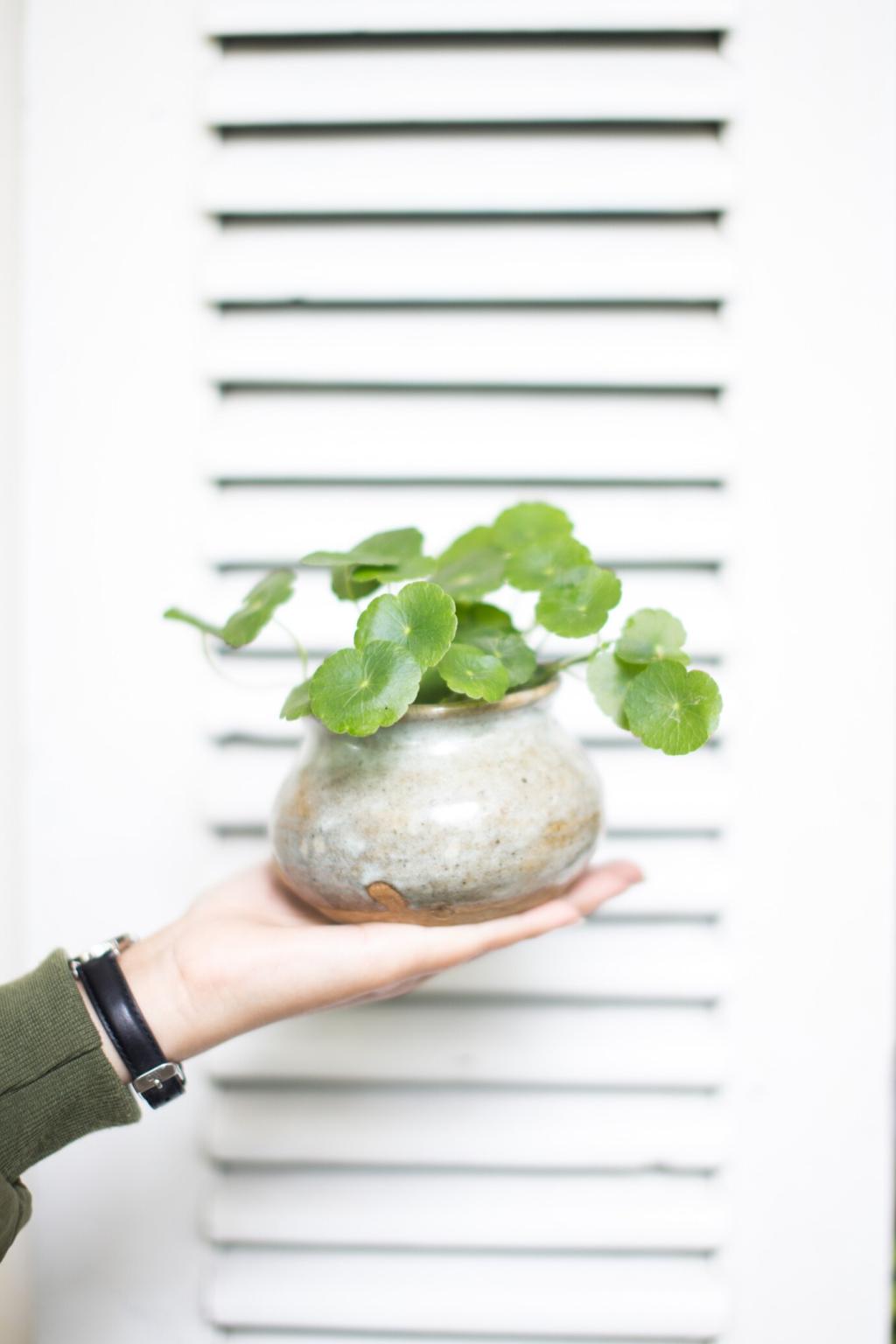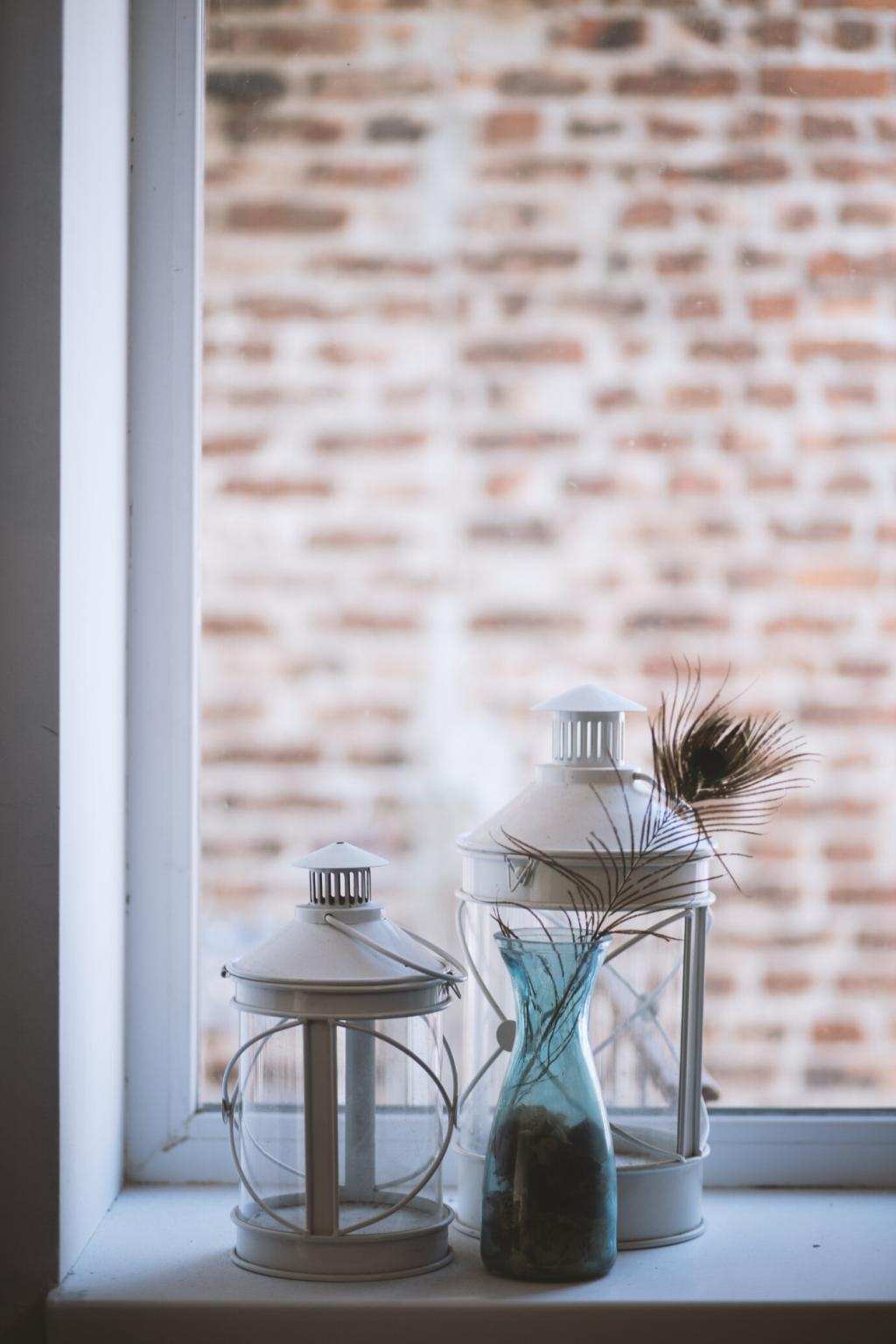Layered Artificial Lighting for Minimalists
Use cove lighting, perimeter LED channels, or wall washers to bounce light off ceilings and walls. Indirect sources expand perceived volume and reduce visual clutter from fixtures. Aim for high-CRI LEDs so colors remain honest and soothing.
Layered Artificial Lighting for Minimalists
Under-cabinet strips, adjustable reading sconces, and slim desk lamps deliver light where needed without flooding the room. Keep beam spreads tight and glare-shields integrated. Minimal forms reinforce calm while ensuring countertops, pages, and keyboards stay perfectly visible.










